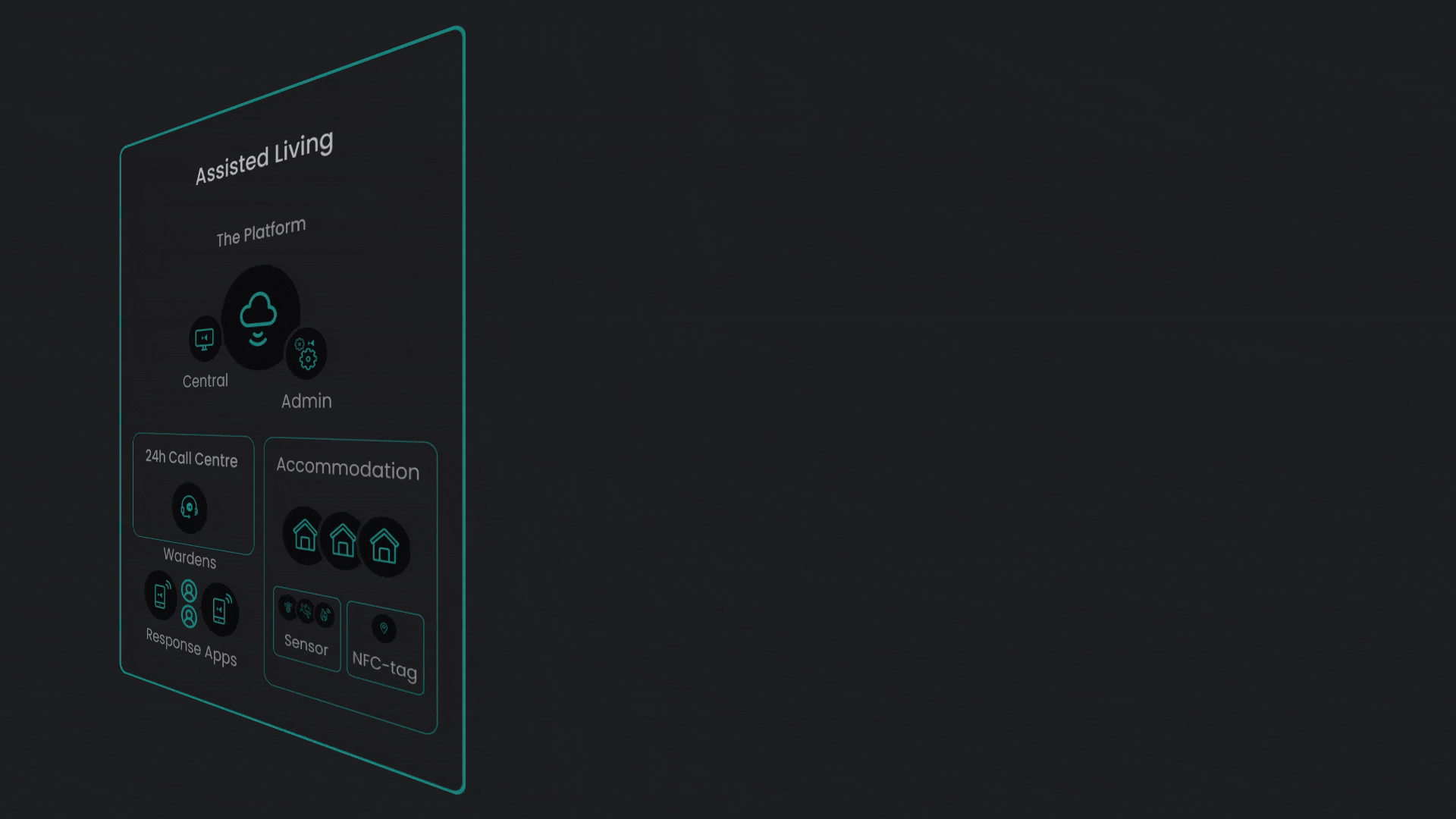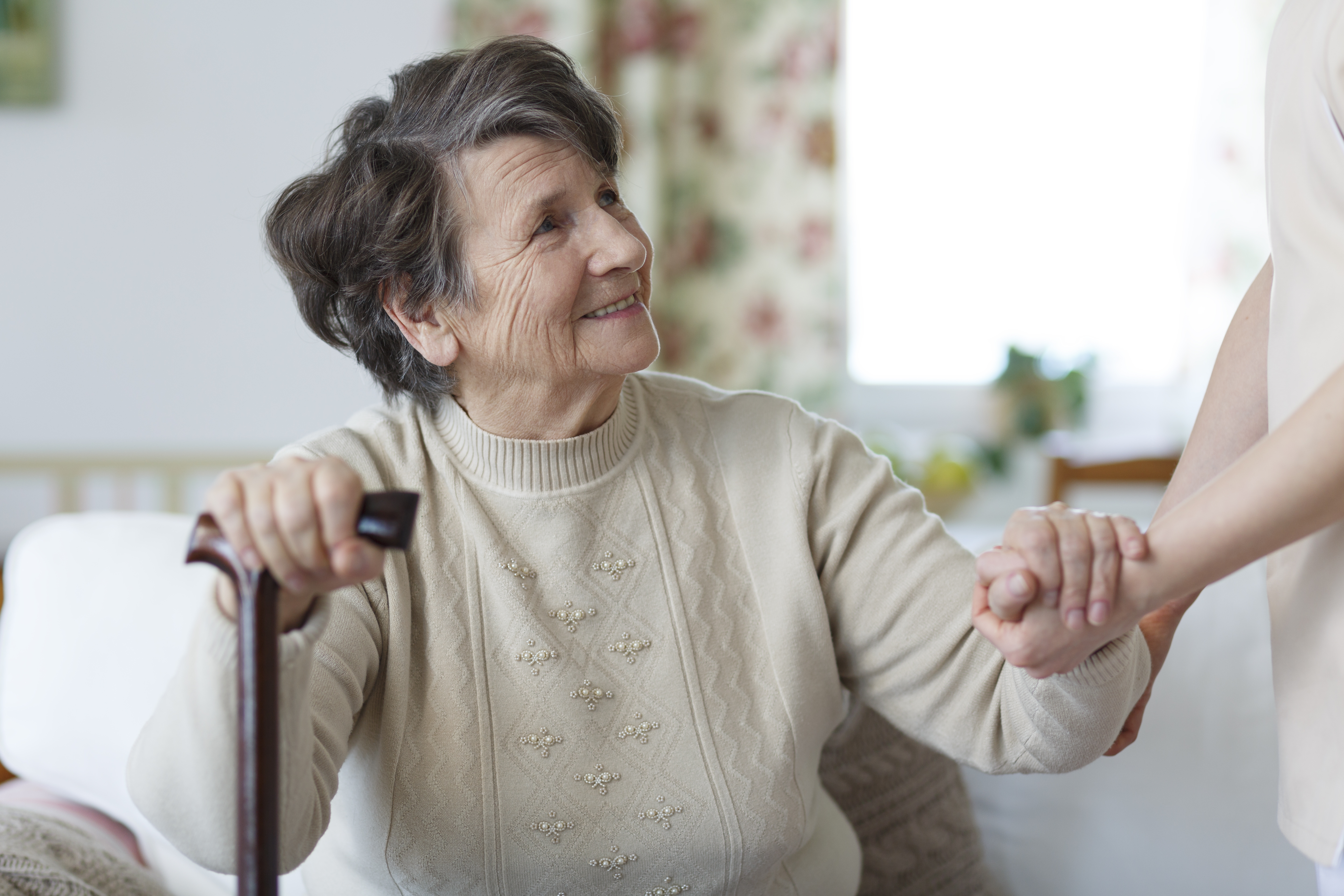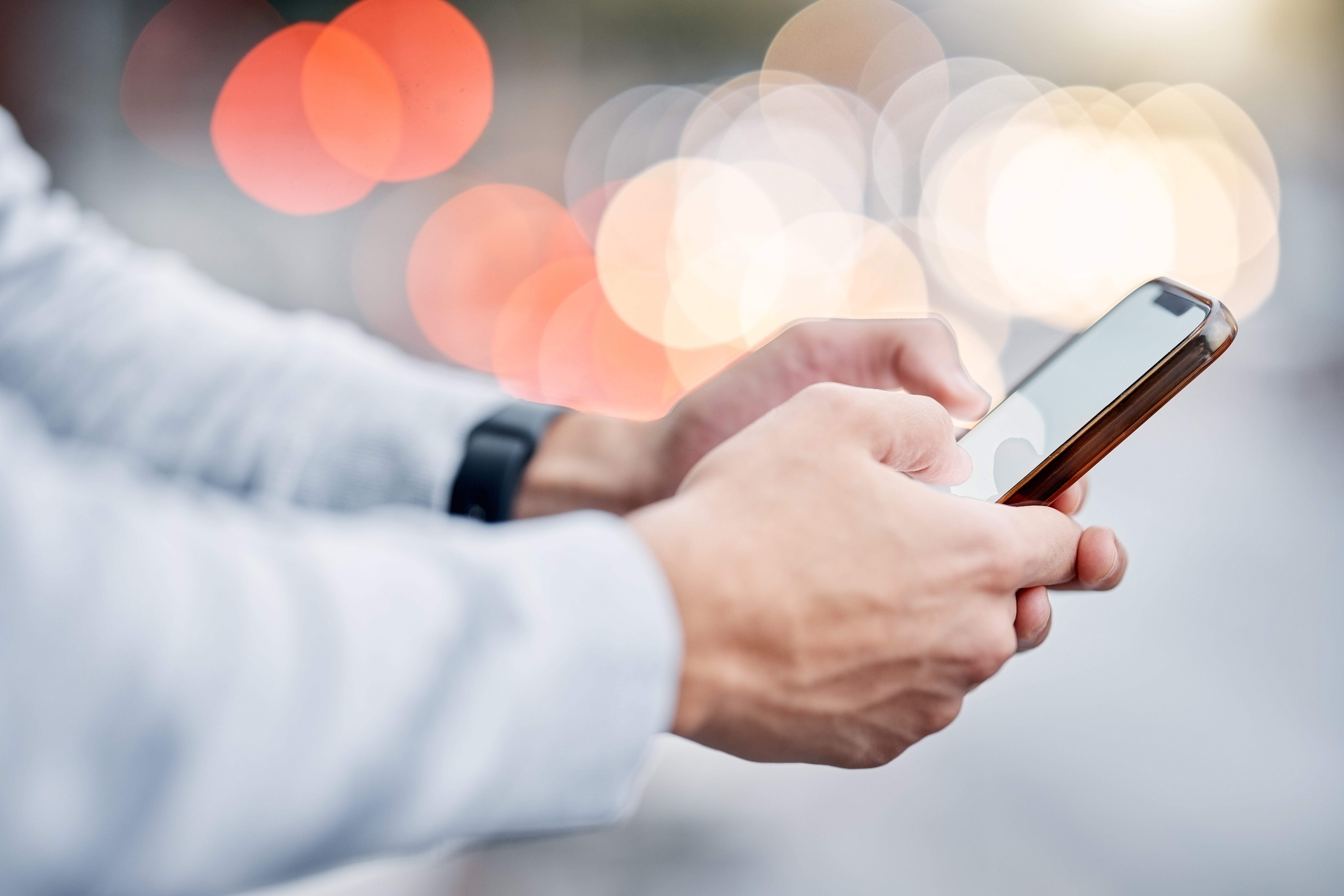What exactly is technology enabled care? Before taking a deep dive into the details and specifics of the market today, it’s important to define technology enabled care as such, as well as what falls under its scope. Technology enabled care (TEC) is an umbrella term used to describe telemedicine, telehealth and telecare, but also electronic, mobile and digital health care services. By utilising these services, systems and platforms, care for patients with chronic conditions can prove to be convenient, efficient and cost-effective for both care provider and recipient.
The wearable sensors can come in various shapes and forms such as shoes, bracelets and pendants which consistently and reliably track the status of the patients, with possibility to trigger an alarm prompting care providers and responders in case of an emergency. Today, patients can even utilise robots for assistance when it comes to their medication intake, allowing them to strictly and properly adhere to their medication regimen.
NHS Highland also defines technology enabled care as “the use of technology to provide health and care services to people in their own homes, or near to home, helping people to live independently and safely.”
Read more: Technology Enabled Care: Delivering Care in a Modern World
The present state of technology enabled care – and what it means for providers
Today, steady growth can be observed and further expected in the digital and smart telecare market, although the vast majority of the users in Europe are still relying on analogue connections.
At present, the Nordics have fully embraced smart solutions – this means that solutions providers in the United Kingdom could also follow suit, and transition straight into smart solutions from analogue platforms. In addition, with the availability of cloud-based and highly-capable platforms today, the switch to digital solutions can be done seamlessly and with ease. The modern platforms are scalable in multiple facets; the number of customers, the number of users, and even the number of devices connected; allowing care providers and other solutions providers to build their system according to their specific needs.
In 2025, the total digital switch is set to take place in the United Kingdom, which will render analogue systems defunct. This inevitable occurrence plays a significant role in the shift in the market of technology enabled care, as transitioning as early as possible from analogue platforms and solutions can mitigate the risks posed by the analogue switch-off.
The vital role of technology in telecare and elderly care
Options available to both care providers and care receivers have vastly expanded in the past year, especially thanks to technology enabled care. This is expected to further develop as new products and solutions are constantly being developed to address specific problems and challenges in elderly care.
One of the biggest concerns among the elderly – in fully embracing technology in telecare and fall detection – is privacy. This is something that can be addressed by using and implementing highly advanced smart surveillance cameras to be programmed to face only the ceiling or specific parts of the room, with the exception of scheduled surveillance “visits”. These solutions can be implemented in a system that also uses fall detection radars, and ultimately providing the elderly patients and care receivers with a safe environment that uses reliable monitoring solutions.
In addition to these solutions, innovative quality of life solutions such as smart incontinence sensors are also available today. These can accurately monitor the saturation levels of the incontinence pads, which translates to less unnecessary inspections and sheet changes. More importantly, accurate monitoring of such saturation levels can also prevent ulcers.
The concept of anytime, anywhere care also would not be possible without the utilisation of technological advancements. In a nutshell, anytime, anywhere care, allows anyone granted access into the monitoring or alarm management system; including care workers, response centres, or relatives of the patient to handle and escalate alarm events and allowing responders to promptly attend to an emergency.
Read more: How to Improve Patient Safety with Technology Enabled Care
Implement innovative and advanced care solutions today with Skyresponse
While transitioning to digital and smart solutions can be initially both daunting and challenging, the modern innovations and options will benefit both care providers and care receivers. This thanks to the fact that technology provides great advantages and solutions that were previously unheard of with analogue solutions.
The 100% cloud-based, future-proof, and fully scalable platform of Skyresponse allows providers to seamlessly implement these innovative solutions, as well as products and systems that are yet to be introduced to the market.




